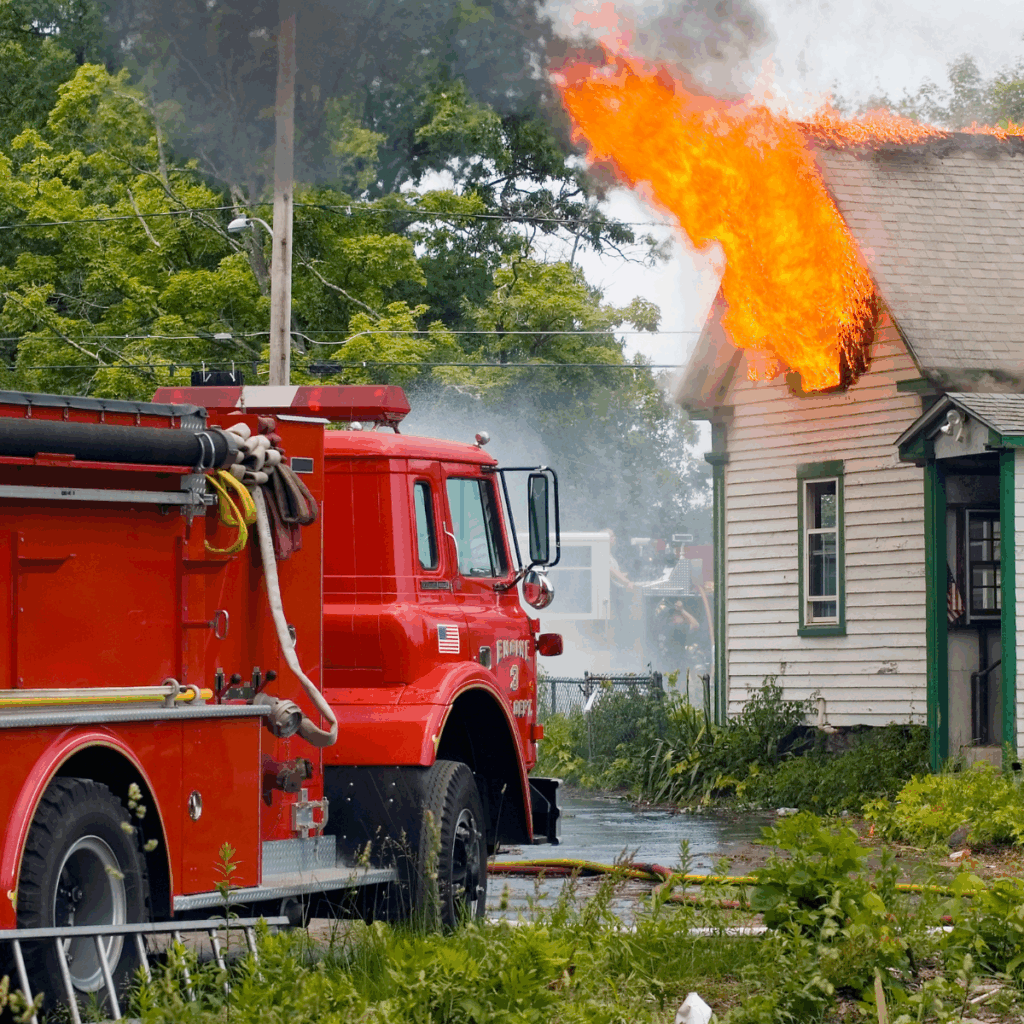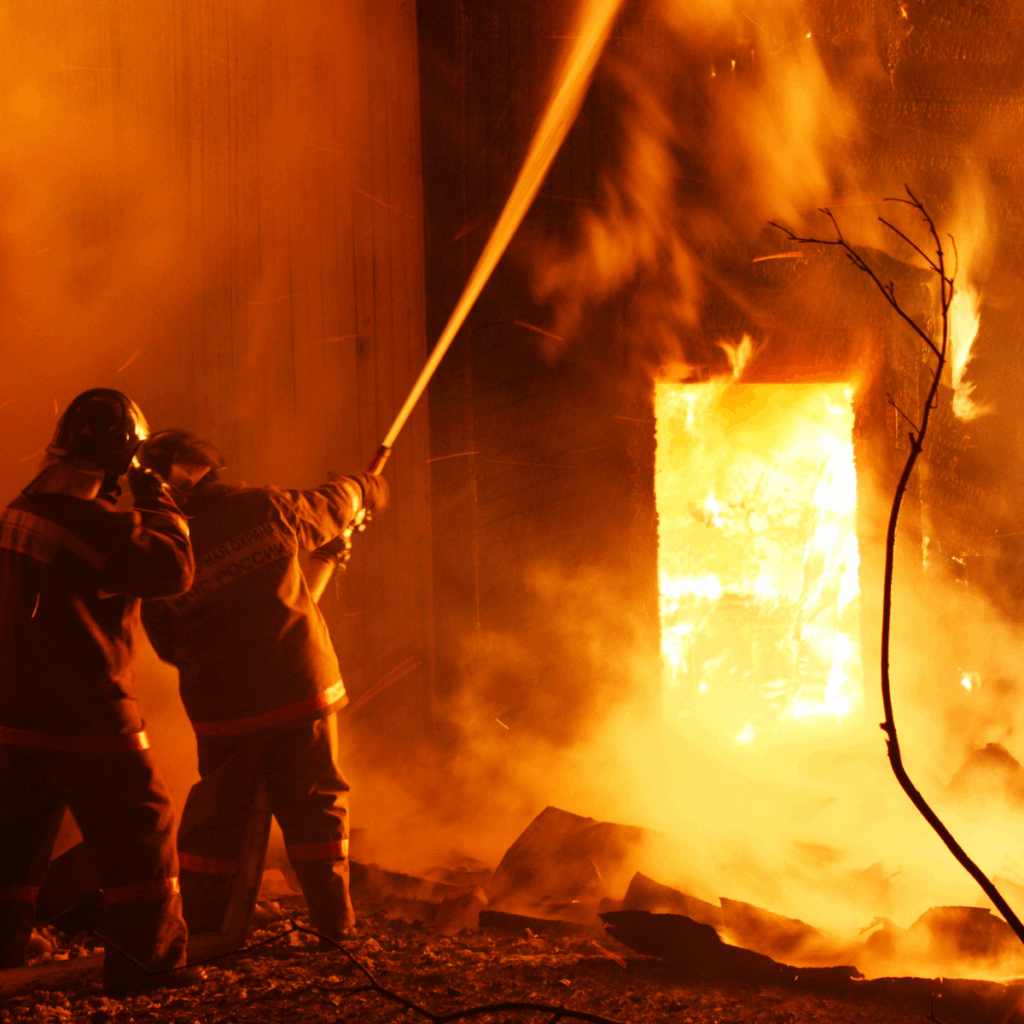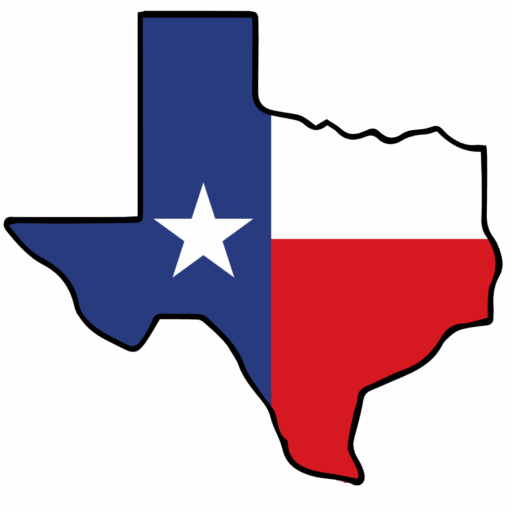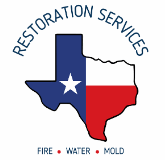Every 7 minutes, a fire happens in the state of Texas.
Dealing with the aftermath of a fire can be extremely emotional, frustrating, and time intensive.
From repairing grease fires in the kitchen to eliminating cigarette smoke odors, and restoring a home after a house fire, there are several things to think about if you are seeking help after a fire incident.

In this guide, we’ll cover what’s important to know if you are dealing with the aftermath of a fire, including how you can detect any ancillary smoke damage, what to expect with fire remediation, and how you can prevent future fire damage.
Types of Fire and Smoke Damage
When it comes to classifying fire damage, it is broken into two key categories:

Primary fire damage occurs when damage happens because of the direct effect of flames and resulting heat from the fire. This leads to damage to the structure, as well as melting of materials.
It is very rare for there to only be primary fire damage, especially in a home fire situation. The smoke and soot will cause issues; as well as the water used to put the fire out.

Secondary fire damage refers to what happens to the area near the fire during and after the fire. This includes smoke and heat the damage they do to the structure and physical property. Issues with the building structure or physical properties can occur from the soot or from the water used to put the water out. The water used to put out a fire can lead to mold damage, odor issues, and even corrosion.

Can My Home Be Fixed?
This is the number one question we hear from people after they’ve experienced a fire in their home.
Smaller fires, like grease fires or those that occur in a small area of the home, can be fixed quickly and efficiently with the right team. Contact us to get connected with a certified professional who can assess the damage and provide a remediation strategy.
Large-scale fires, like home fires that burn a significant part of the structure, require a more extensive process for assessment. After the fire, the building will be boarded up (which a certified restoration professional can help with) and an investigator will be sent to the scene to determine the cause of the fire.
From there, the insurance company will decide of whether the building will be rebuilt or if the homeowner will get a reimbursement for the value of the damage. If you are going through this process and need support, contact our team to get connected with a certified tech.
The Hidden Dangers of Fire and Smoke Damage
When people think about the damage that happens after a fire in their home or other physical building, they often think about the destruction from flames and heat.
However, from soot to water to mold, there are several factors that increase the costs – and complexity – to fix the damage.
Water Damage
The water used to put the fire out can cause significant water damage throughout your home. This water damage can seep into the walls, the floors, and even the ceilings. The areas that are not damaged by the fire may then be damaged by water, which can increase the cost of restoration after a fire.
Odor Issues
After the fire, there will likely be smoke and soot particles in your walls, furniture, and personal property. This can result in a strong smoke smell that will not go away on its own and will continue to cause damage to your property. Get rid of it quickly by working with a certified professional in restoration to help to ventilate, clean, and remove any lingering issues.
Soot & Smoke
Together, soot and smoke can continue to create damage in the home well after the fire has been put out. Both are more acidic in nature and can eat away at the wlls, floors, and ceilings. This can lead to issues with the overall structure of your home, which could require more extensive work to repair.
Air Quality
Smoke, soot, and toxins can cause air quality issues after a fire. Plus, the water used to fight the fire can lead to mold issues, which can also impact the air quality negatively. Following a restoration process with a certified professional will help to eliminate these issues.
Structural Damage
Visible damage to the structural elements of your home or building will be obvious. Smoke and soot can also cause damage that often goes unseen. This can be challenging to detect and may require a higher investment to repair the damage.
Electrical Damage
The fire can destroy electrical lines throughout the home, causing shorts and potential electrical issues. Add water to the mix, and there could be significant electrical damage that needs to be evaluated as part of the damage assessment.
Mold & Mildew Growth
Standing water can lead to mold and mildew growth, which can cause further damage. This can happen in 24-48 hours. A certified professional should assess the damage from the fire to understand where there may be issues from the water (and mold growth).
Hazardous Toxins
When different materials burn in a house fire, it will release toxins and other chemicals into the air. This can be dangerous to breathe, but it can also live on the surface of other items in your home — which may need to be thrown away even if they are not destroyed in the fire.
Fixing Fire and Smoke Damage in Your Houston Home
The process behind fixing fire and smoke damage in your home doesn’t change on the size, but the amount of time it takes to do so can vary significantly. T e longer the process, the more potential for bigger restoration problems.
To start, it requires an evaluation of the area to understand the extent of the damage. If it was a fire that required significant water usage to put it out, there’s likely a full assessment required to see what secondary damage could occur because of the combination of the fire and water damage.
With an evaluation in place, it’s time to move onto demolishing any areas that cannot be restored and drying any areas there were impacted by water damage. The water can seep into hidden areas. The assessment will provide insight into where the drying should be focused to ensure there is no further damage.
Removing smoke damage from the home requires recreating the conditions that created the damage in the first place. This includes heating the affected area back to high temperatures while using ozone machines to pull the smoke-infused molecules from the wall, or permeating gas chemicals to neutralize them completely.
Depending on the severity of the fire and water damage, this could include going down to the studs – wood is porous, which means that any of the smoke or water that made its way to the studs needs to be removed to ensure no further structural damage.
Once the smoke damage has been removed, it’s time to start restoration of the impacted area. This includes reinstalling any studs or structural elements that could have been damaged; as well as replacing insulation, drywall, ceilings and floors. Finishing it off with a fresh coat of paint makes it feel like home again!

Should I Remove Smoke Damage?
Many people prefer to use a fresh coat of paint to cover of smoke damage, whether from a fire or cigarettes. Even if you paint over it, the smoke damage – and the particles that emit the distinct odor – are still there, and the smell will come back.
Contact a certified professional to learn more about removing smoke damage and eliminating any odors, and what the process looks like based on the damage you may have.
Preventing Future Fire and Smoke Damage
Approximately 95 percent of house fires are preventable. While the number of home fires have reduced in recent years, the amount of property damage caused by fires has been on the increase – mostly because a shift in materials and floorplans that let fires burn faster.
As a homeowner or renter, there are a few things to keep in mind to prevent any future fire and smoke issues in your home.
Install Smoke Detectors
It’s estimated that one out of five homes may not have at least one functional alarm. Having working smoke detectors in place is the surest way to prevent a small fire from becoming a whole house fire. Make sure to change batteries and test the alarm on a regular basis.
Watch Cooking Food
Cooking causes nearly half of all house fires. When cooking, make sure you are staying near the food and keeping an eye on what’s happening in the kitchen. In addition, keep the area near the stove or where you are cooking clear of any items that could easily catch on fire.
Inspect Electrical Appliances
Experts recommend that you inspect electrical appliances and their cords on a regular basis to make sure that they are operating as they should. Make sure the cords are not frayed or experiencing any issues. If they are, they should be replaced immediately.
Keep Flammable Items Away from Heat
Store paint, gas, and other flammable materials in a safe area away from heat. Make sure your dryer vents remain clear of any debris or lint, as this can lead to fire hazards as well. Any heat sources, like matches or lighters, should be stored away from any flammable materials as well.
How to Select the Right Professional
The insurance process can take several months – if not longer – and it displaces families for a significant amount of time. If the insurance company agrees that a rebuild can happen, this takes time, too – after all, there is likely a great deal of water damage and mold growth given the fire incident protocol.
In finding a professional for helping you rebuild after a fire; it requires a professional that understands what can happen from the fire. The professional should:
- Have experience working with insurance companies
- Understand the short-term remediation techniques
- Provide an assessment of the fire damage, as well as any water or mold issues
- Work with insurance to provide the right documentation for the claim
- Restore the home to get it back to where it was prior to the fire damage
- Provide peace of mind to the homeowner and residents about the entire process
With the right professional team, you can alleviate some of the stress and issues that come with dealing with a house fire. Plus, they can help you trust you’ll return to a home that’s free from any damage or future issues.
Whether you’ve been displaced from a fire or are looking to repair smoke damage, our team of certified professionals are standing by and ready to help. Contact us today.
Learn About Fire and Smoke Damage Restoration Near You
TX Restoration Services provides educational information and resources to residents in many Houston cities.
Learn more about mold mitigation in your specific area:
